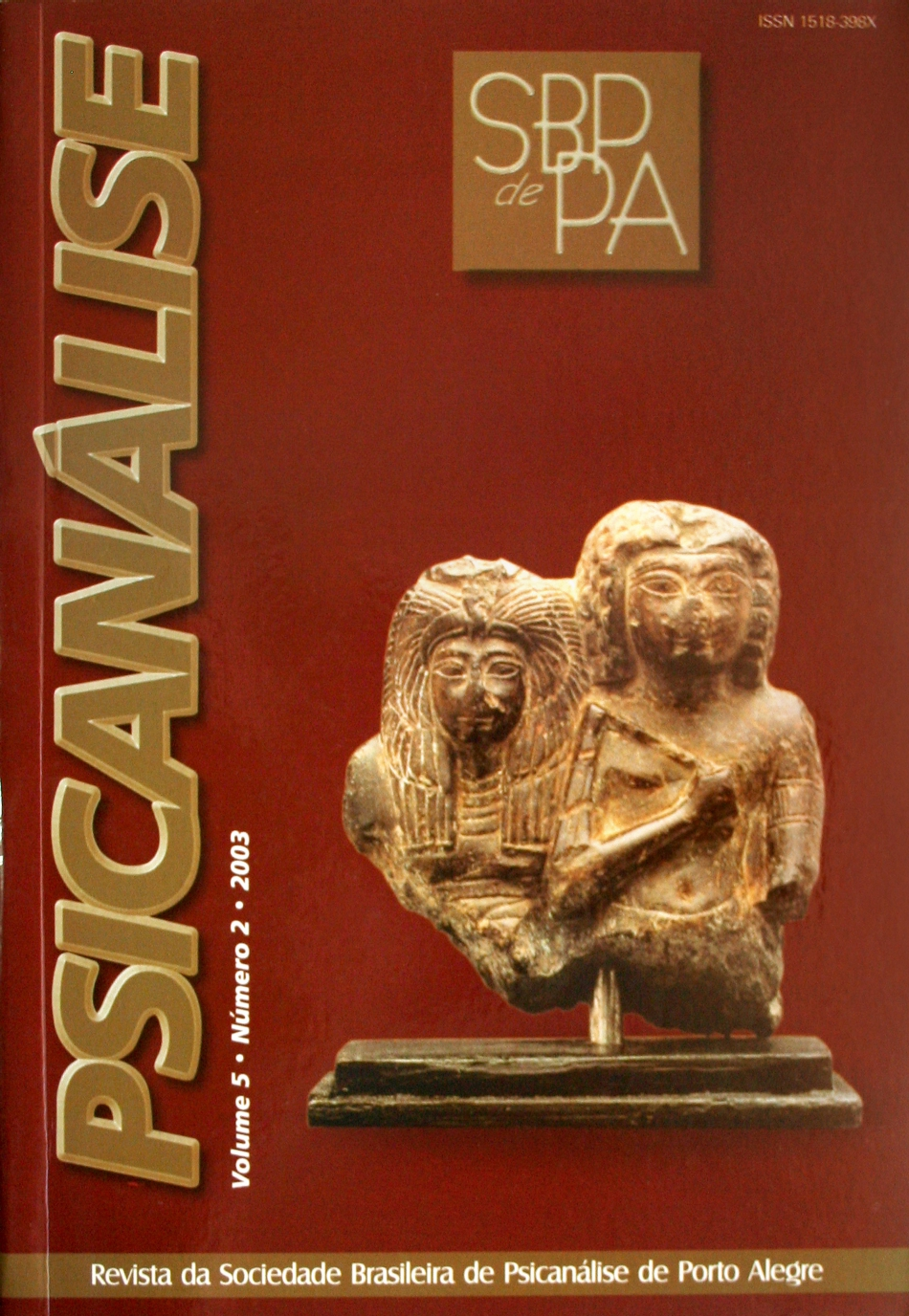The affective experience of the child analyst and the concept of countertransference
Keywords:
Child analysis, Countertransference, Analyst’s resistance, TransferenceAbstract
Three clinical vignettes illustrate the strong, difficult and complex feelings aroused in child analysts by their child and adolescent patients and their parents. It is noted that even among colleagues, these emotional responses are acknowledged reluctantly, if at all, and rarely reported in the literature – which is consequently sparse. An outstanding exception is Berta Bornstein’s 1948 paper which is reviewed. Using the concept of countertransference as a touchstone, personal and clinical experiences are culled to draw attention to the prevalence of these controversial, elusive and unsettling reactions in virtually every treatment. But the lecture’s main objective is to encourage child analysts to recognize the legitimacy of their emotional responses and, while not seeking one to one correspondence with unacceptable feelings in the patient, find technically useful ways to integrate such insights as may result into their daily work with patients, parents, and supervisees.
Downloads
References
ABEND, S. (1989). Countertransference and psychoanalytic technique. Psychoanal. Q., v.58, p. 374-395.
BARRON, J.W.; HOFFER, A. (1994). Historical events reinforcing Freud’s emphasis on “Holding down the countertransference”. Psychoanal. Q., v. 63, p. 536-540.
BORNSTEIN, B. (1948). Emotional barriers in the understandng and treatment of young children. Am. J. Orthopsychiat., v. 18, p .691-697.
BRANDELL, J. (ed.) (1991). Countertransference in psychotherapy with children and adolescents. Northwale, NJ. Jason Aronson.
BRANDELL, J.A (1991). Countertransference phenomena in the psychotherapy with children and adolescentes. In:______. (ed.). Countertransference in psychotherapy with children and adolescents. Northwale, NJ. Jason Aronson.
CHUSED, J. (1988). The transference neurosis in child analysis. Psychoanal. Study Child, v. 43, p. 51-82.
HEIMANN, P. (1950). On countertransference. Int. J. Psychoanal., v. 31, p. 81-84.
FREUD, S. (1910). The future prospects of psychoanalytic therapy. S.E., v.11. p. 139-152.
______. (1912). Recommendations to physicians practicing psychoanalysis. S.E., v. 12, p. 109-120.
______. (1915). Observations on transference-love: further recommendations on the technique of psychoanalysis. S.E., v.12, p.157-171.
JACOBS, T. (1991). The use of the self: countertransference and communication in the analytic situation. New York: Int.. Univ. Press.
KABCENELL, R. (1974). On countertransference: the contributions of Berta Bornstein to psychoanalysis. Psychoanal. Study Child, v. 29, p. 27-34.
KOHRMAN, R. et. al. (1971). Technique of child analysis: problems of countertransference. Int. J. Psychoanal., v. 52, p. 487-497.
LITTLE, M. (1951). Countertransference and the patient’s response to It. Int. J. Psychoanal., v. 32, p. 32-40.
RACKER, H.(1953). The countertransference neurosis. Int. J. Psychoanal., v. 34, p. 313-324.
______. (1957) The meanings and uses of countertransference. Psychoanal. Q., v. 26, p. 303-357.
______. (1968). Transference and countertransference. New York: Int. Univ. Press.
REICH, A. (1973). Annie Reich: psychoanalytic contributions. New York: Int. Univ. Press.
SANDELL, A. (1998). The adolescent process and psychic change. Psychoanalysis in Europe, Bulletin 50.
SILVERMAN, M. (1985). Countertransference and the myth of the perfectly analyzed analyst. In: SLAKTER, E. (ed.). (1987). Countertransference. Northvale, NJ: Jason Aronson.
TSIANTIS, J.; SANDLER, A.M.; ANASTASOPOULOS, D.; MARTINDALE, B. (1996) (ed.) Countertransference in psychoanalytic psychotherapy with children and adolescents. London: Karnac Books.
YANOF, J. (1996). Language, communication and transference in child analysis. J. Amer. Psychoanal. Assoc., v. 44, p. 79-116.
Downloads
Published
How to Cite
Issue
Section
License

This work is licensed under a Creative Commons Attribution-NonCommercial-NoDerivatives 4.0 International License.
I attribute the copyrights that belong to me, on this work, to SBPdePA, which may use and publish it by the means it deems appropriate, including on the Internet or in any other computer processing.












